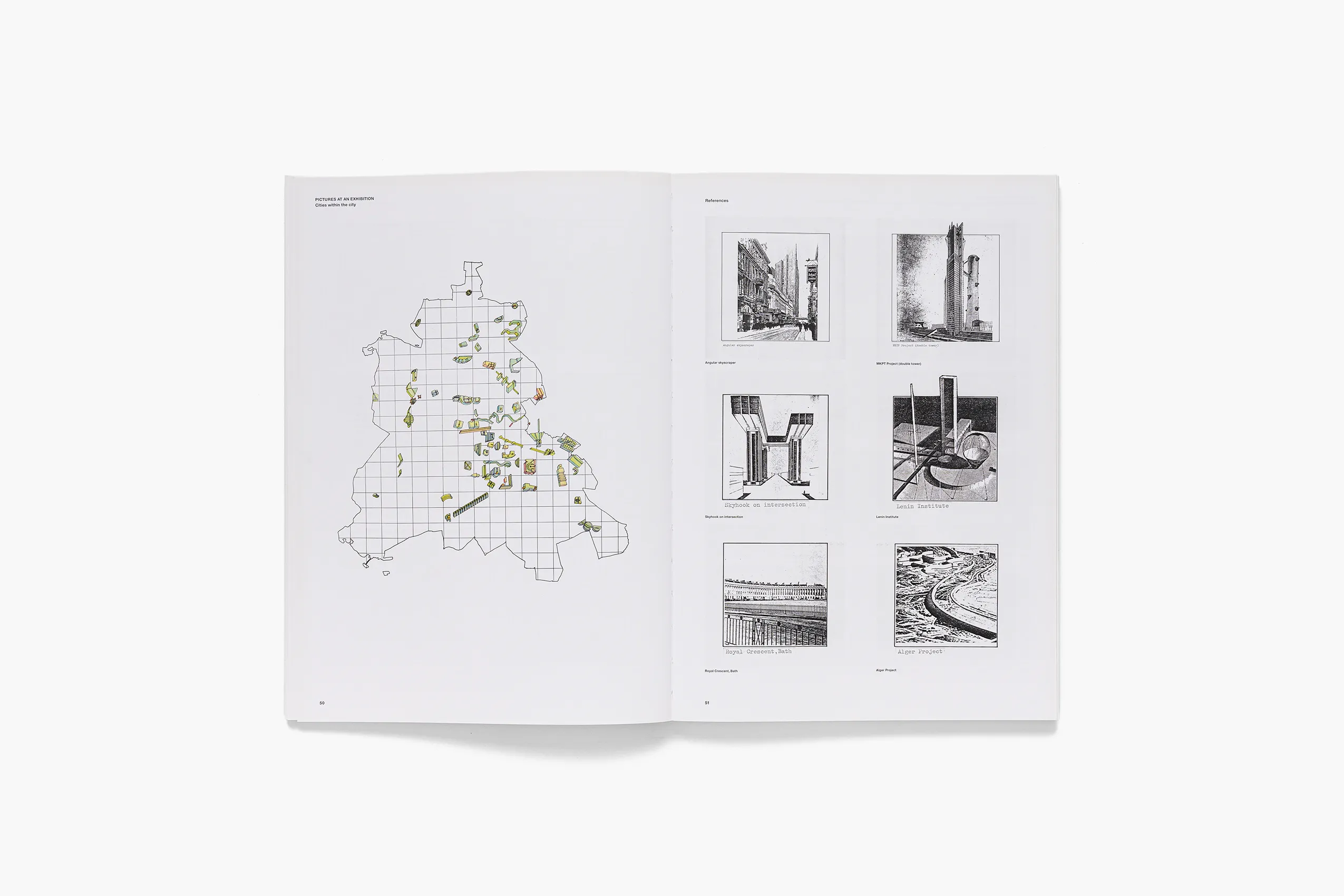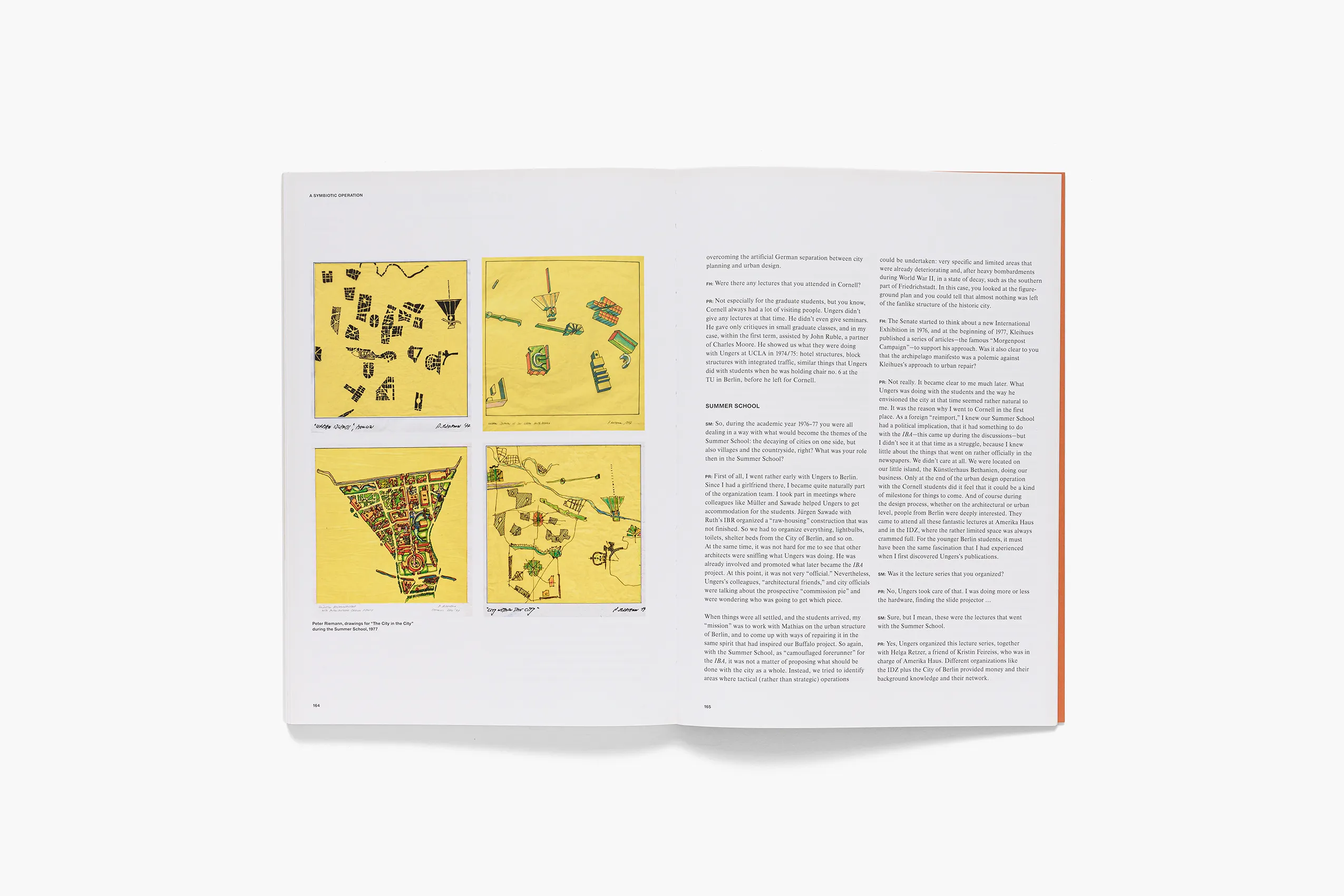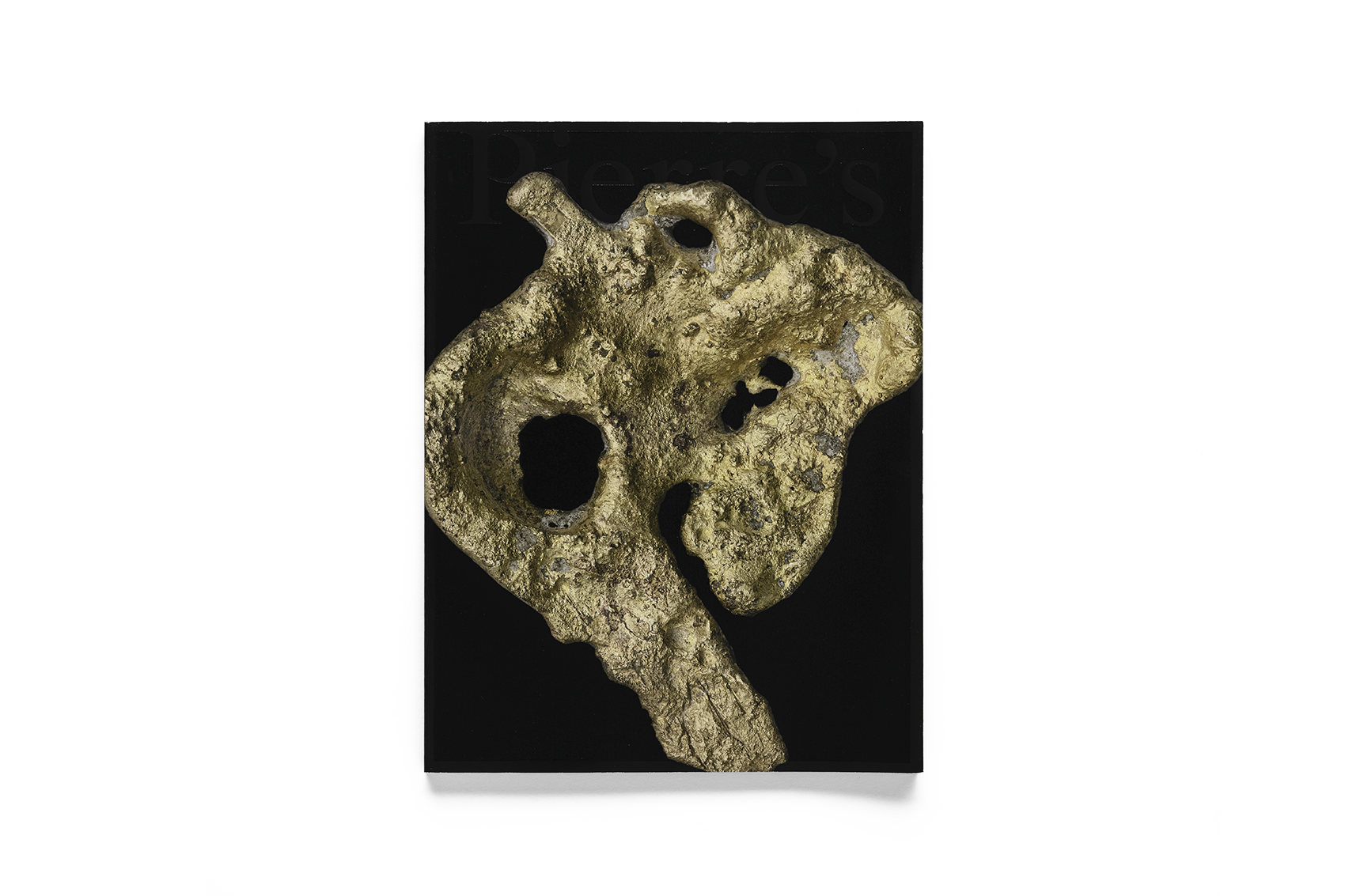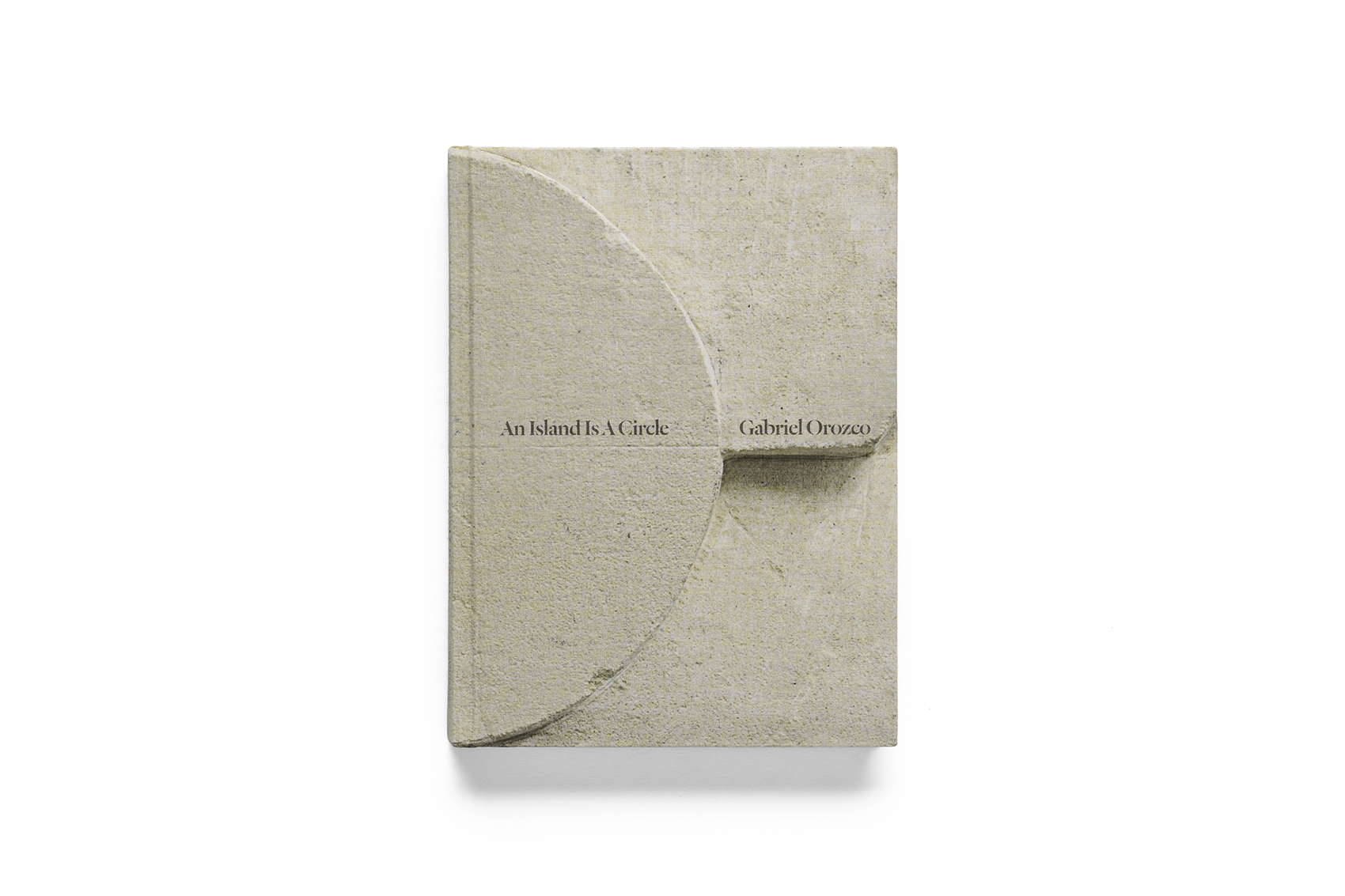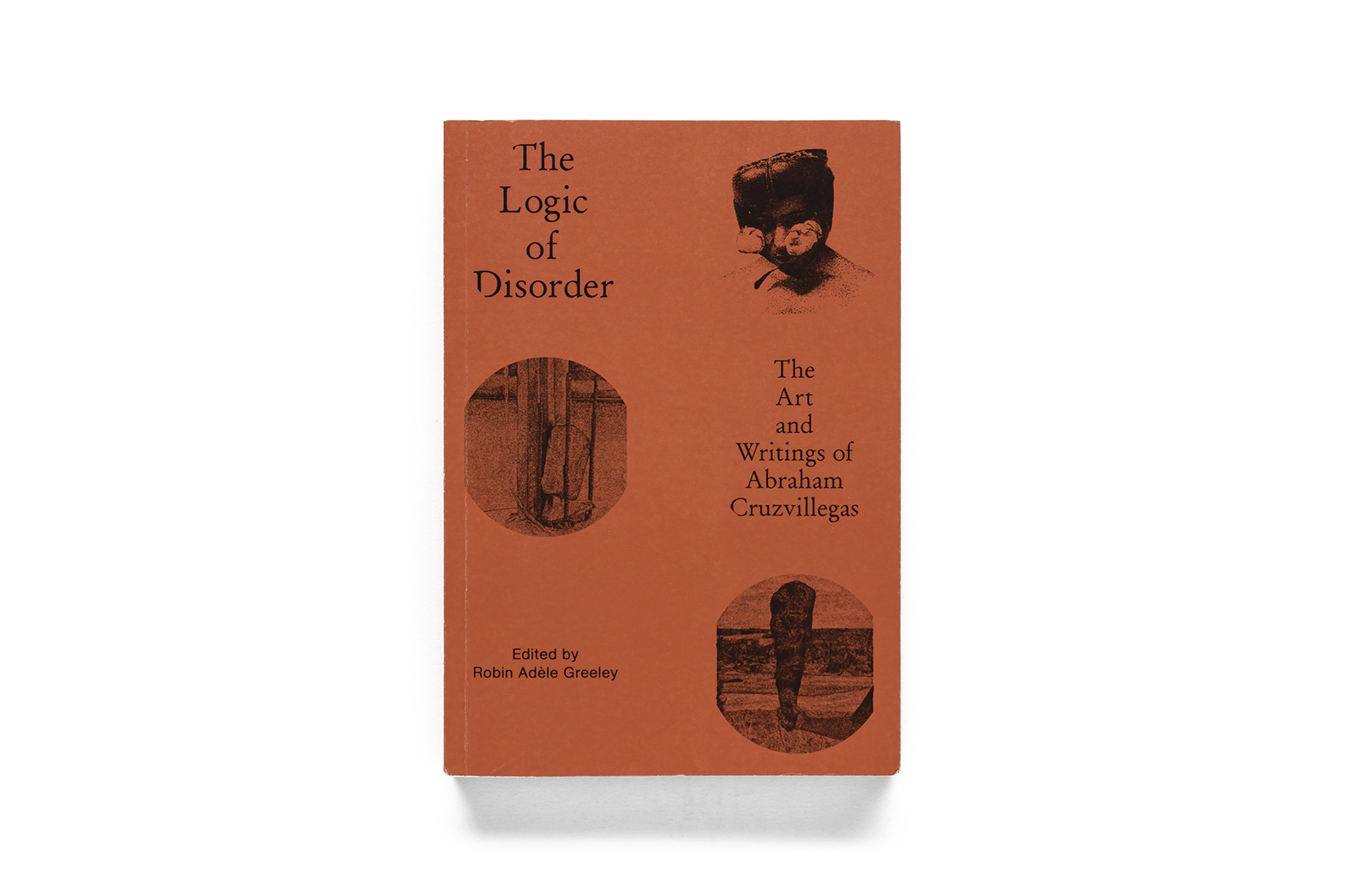
Lars Müller Publishers, 2013
The City in the City: Berlin - A Green Archipelago
The City in the City: Berlin - A Green Archipelago

Lars Müller Publishers, 2013
“City in the City - Berlin: Green Island” (The City in the City - Berlín: A Green Archipelago) It can be said that it is the most mysterious and fascinating of the many architectural proclamations of the late 20th century called “the city”. It is not only an important publication of the 1970s urban and architectural series, but Berlin Stories, which influenced contemporary architectural design across Europe and the Americas. The book chronicles a team led by O.M. Ungers (1926~2007), then Professor of Architecture at Cornell University (1926~2007) in the West Berlin front in a summer school camp, trying to come up with an emergency response to what was then Berlin's severe decline due to the Cold War through design research.。 Rem Koolhaas, 1944, who had been studying at London AA at the time, also helped with Rem Koolhaas, who had been studying with Angus at Cornell.
Originally compiled as a German-language pamphlet and published in Ithaca, the home of Cornell University, the Berlin Story has become a classic of architectural theory over the past 36 years, but it has proved difficult to obtain because of the sparse print volume and the variety of editions. The book was re-examined and republished in 2013, attempting to retrace the original version of the narrative and restore this piece of history: after the Berlin Fence was completed, the population of West Berlin, surrounded by East Germany, proposed a team of German architects, Angus and Cornell University, to gradually concentrate the city into a green enclave. The “islands” of architecture in the Sea of Shu Shue form micro-cities through huge self-sufficient buildings, thus strategically designing “urban decay”.
The concept of the city of “Islands” reveals a fragmented, diverse and heterogeneous, and ever-changing urban landscape, but a then-rare and innovative design strategy offers new possibilities for shrinking cities. Undoubtedly, “City in the City — Berlin: Green Island” focuses on the design observations and ideas of a single city, making it a part of a series of architectural theory forests named after cities at the end of the first century, including “A Single Point of Chicago” (Chicago à la carte: The City as an Energy System, 1970), “Los Angeles: The Architecture of Four Ecosyces” (Los Angeles: The Architecture of Four Ecologies, 1971), “Learning from Las Vegas” (Learnt fra Las Vegas, 1972), “Collage City” (Collage City, 1978) and “Mad New York”, written by Koujas (Delirious New York, 1978).
Through an article in the book, architectural historian Sébastien Marot attempts to embed the proclamation of this era in the puzzle of historical context. In addition to collecting manuscripts and documents from early Manuscripts and documents from the Manifesto, the pages of the book contain many notes left at the time and never-published illustrations; and four of the Declaration's co-authors are also visited. By referencing their personal experiences from different angles, readers are able to return to the summer of 1977 and feel full of warmth. A collection of sincere researchers, feeling the imprint of the times and discovering the infinite possibilities between buildings and cities.
